Understanding every dashboard symbol in your Jeep Cherokee keeps you safe, saves repair costs, and helps the SUV last longer. Red icons shout stop now, yellow ones say fix soon, and green simply confirm a feature is on. Use the guide below to act fast and drive with confidence.

Quick Navigation
Red Warning Lights (Stop Immediately)
Engine Oil Pressure
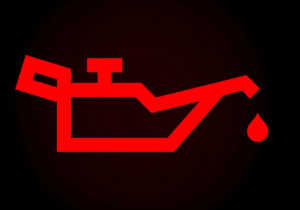
Oil pressure too low. Pull over, turn off engine, and check oil level; add oil or tow to service.
Engine Coolant Temperature

Engine overheating. Stop, switch off, allow to cool; top up coolant when safe.
Brake System
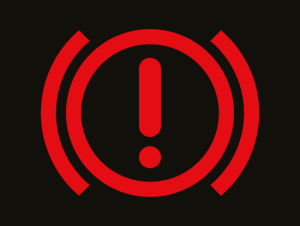
Parking brake on or brake fluid critical. Release brake or seek brake service before moving.
Battery Charge
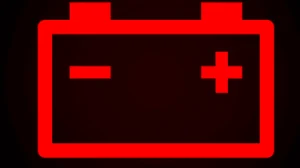
Alternator not charging. Switch off extras, drive to workshop or call for tow to avoid stalling.
Airbag

Fault in airbag or seat-belt pretensioners. Do not carry passengers until system is inspected.
Seat-Belt Reminder
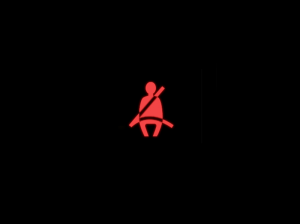
Driver/passenger belt unbuckled. Buckle up immediately; chime stops when latched.
Electric Power Steering
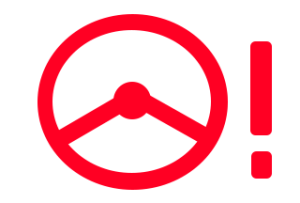
Power-assist failure. Steering may be heavy—stop in safe spot and arrange repair.
Transmission Temperature
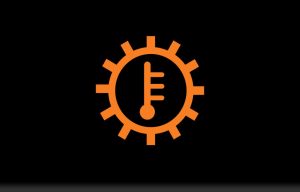
Fluid overheated. Shift to Park, idle to cool; if stays on, call for assistance.
Engine Malfunction (Solid Red)

Severe engine fault. Reduce speed, avoid hard driving, arrange urgent diagnosis.
Low Brake Fluid

Fluid below minimum. Stop, top up with correct fluid, test brakes or tow for repair.
Door Ajar

A door, hood, or tailgate open. Safely stop and close all latches to continue.
Electronic Throttle Control
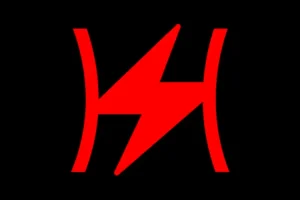
Throttle problem detected; power may drop. Stop, cycle ignition; if persists, seek service.
Diesel Particulate Filter Full
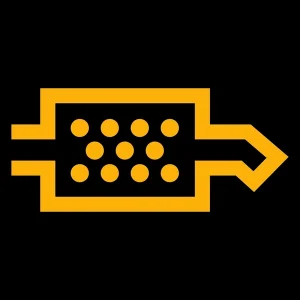
DPF clogged. Drive at highway speed for regen; if still lit, visit dealer ASAP.
Collision Alert (FCW)

High risk of frontal crash; system braking may engage. Brake hard and regain safe gap.
Active Driving Assist Inattentive
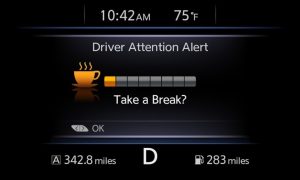
Hands off wheel too long. Grab wheel or system disengages; stay alert.
Yellow / Amber Lights (Action Required Soon)
ABS
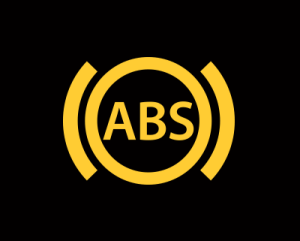
Anti-lock brake system disabled. Normal brakes work, but ABS off; service soon.
Traction Control / ESP
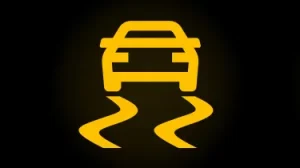
Stability system fault or off. Drive gently, avoid slick roads, schedule check.
Tire Pressure (TPMS)

One or more tires low. Stop, inflate to spec; flashing icon means sensor fault.
Low Fuel
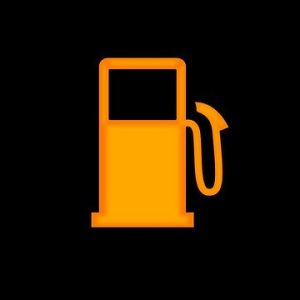
Range under ~30 mi. Refuel at next station to avoid stalling.
Air Suspension Fault

Height control problem. Ride may be uneven; limit speed, arrange repair.
Electric Park Brake Fault
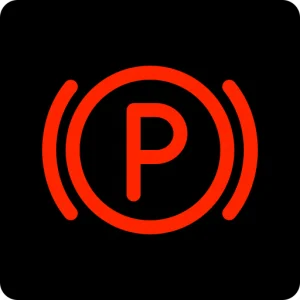
Auto-hold or EPB malfunction. Use foot brake, get system serviced.
Speed Control Fault
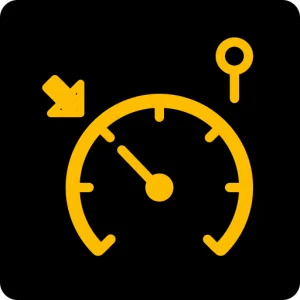
Cruise control unavailable. Drive manually and have system inspected.
Service Stop/Start
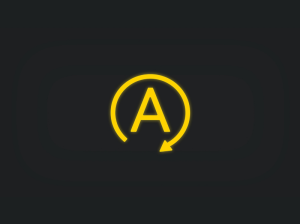
Stop/Start disabled by fault. System off until checked.
Glow Plug (Diesel)

Pre-heat active or fault. Wait for light to go out before starting; if flashing, service engine.
Powertrain / 4WD

Driveline overheating or fault. Reduce load; if light persists, schedule service.
Hill Descent Control Active

System limiting downhill speed. No action; turns off when slope ends.
Stability Control Off

Driver disabled ESP. Press button again to reactivate for safer handling.
Lane Sense Drift Alert
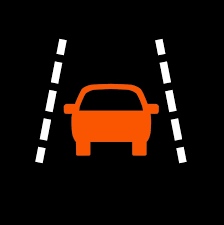
Vehicle crossing lanes. Steer back or enable turn signal; system may nudge wheel.
Service Forward Camera

ADAS camera obstructed/dirty. Clean windshield; if light stays, get calibration.
Green Indicator Lights (Information Only)
Turn Signals
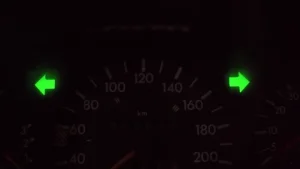
Arrow flashes with selected direction; rapid flash means bulb out.
High Beam

Blue/green icon shows high beams on. Dim for oncoming traffic.
Fog Lights

Front or rear fogs active. Switch off in clear weather.
Cruise Control Ready
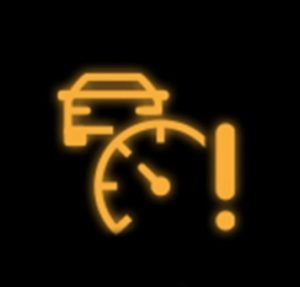
Cruise system on and awaiting speed set.
Eco Mode
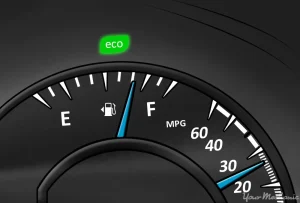
Fuel-saving drive mode engaged; normal power reduced.
4WD Lock

Transfer case locked for traction; avoid tight turns on dry pavement.
Auto High-Beam

Headlights will self-dip for traffic; driver can override.
Parking Lights

Exterior sidelights on when parked or in low-light.
Grade Assist
Transmission holding lower gear for downhill control.
Ready to Drive (Hybrid)
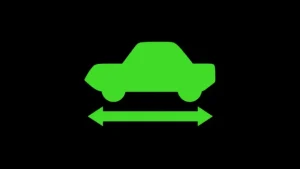
Silent EV mode active; engine may start automatically.
Snow Mode

Throttle, shift, and traction tuned for slippery roads.
Sport Mode
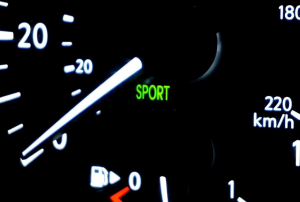
Sharper throttle and shift mapping for brisk driving.
Seat Heater On

Driver/passenger seat warming; light cycles with temperature.
Tip: If any symbol stays on or flashes and you’re unsure what it means, consult the owner’s manual or a Jeep technician right away.
When looking at Jeep, make sure to check out our guides on models like the Jeep Compass, Jeep Renegade, and Jeep Wrangler. Understanding dashboard warning lights is essential. Our expert reviews break down what each light means, highlighting common alerts for these models and what they could signal about underlying issues, so you’re never left guessing behind the wheel.

